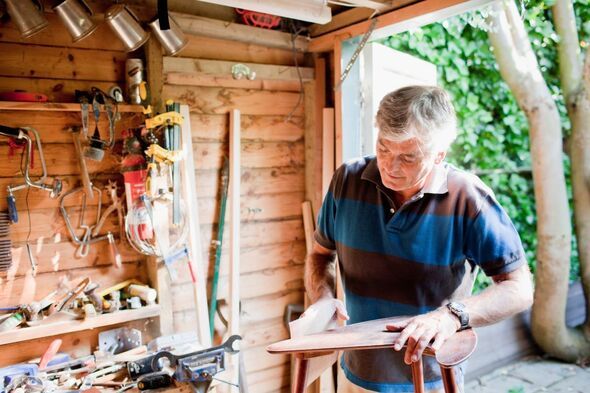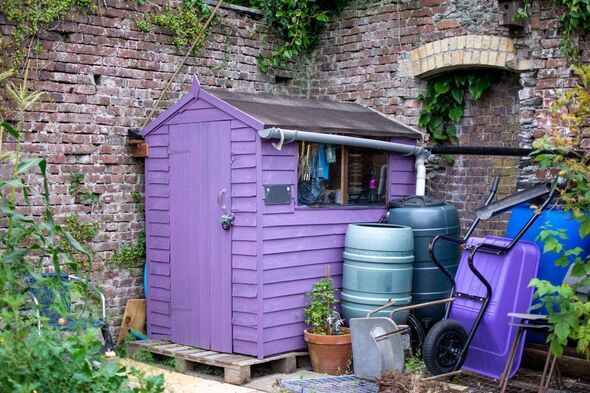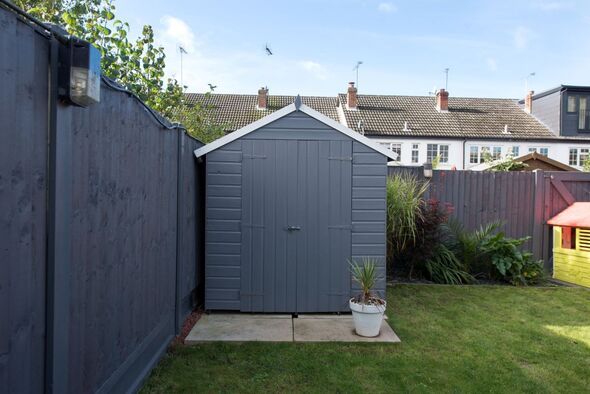
If you are thinking about putting a , there's one thing you should consider. Having a is a great way to get some extra storage space for tools, furniture and more.
It's no surprise that around 1.5 million are sold annually in the UK with around 65% of Brits already having one in their . If you're yet to get one, there's a chance you're considering taking the plunge this summer. But as it's a permanent structure, you may be wondering whether you need planning permission to build a shed.

To clear up this conundrum, property and construction expert Thomas Goodman at has explained the main considerations you need to bear in mind.
Most sheds do not need because they fall under Permitted Development Rights.
Under these rules, sheds, garages, greenhouses and similar outbuildings that are for domestic use or personal enjoyment, don't need planning permission.
However, to be counted as a permitted development, your .
Before you start installing your , it's worth knowing what these are, so you can be sure that you don't need planning permission.
To fall under permitted development, a shed should be:
Located to the rear of your house, i.e. in your back garden or yard
No taller than 3m in height or no more than 4m in height if it has a dual-pitch roof
Built with eaves that are no higher than 2.5m
Single-storey
Under 2.5m in height if it's within 2m of your garden's boundary fence, hedge or wall
You may need planning permission for a in certain circumstances which are usually determined by the shed's size, location or use.
Local planning restrictions can also determine whether you need permission.
If your shed is bigger than Permitted Development rules allow - say you want to build a shed next to your garden fence and it's over 2.5m tall - then you'll need to seek planning permission.
But you'll also need planning permission if erecting a means that more than 50% of your outside space has been built on with extensions and outbuildings.
If you want to place a shed in your front garden, then you'll need planning permission. You may also need it to put a shed at the side of your house. This is certainly true if you live on designated land. Designated land means a location that falls within a National Park, Area of Outstanding Natural Beauty (AONB), conservation area or World Heritage Site.

Homes on designated land are subject to more restrictions than homes in other areas. This is to ensure that these places retain their natural beauty, traditional character or historical value.
So, your local authority might be pickier about the size and location of your shed as well as what it's built from.
Permitted Development Rights don't apply to flats and maisonettes. So, if you have a garden flat, it's best to contact your local authority first as it's likely to need permission.
It also matters what you plan to use your for. If it's to house a home office or is for some other business use, such as a garden nursery enterprise or commercial kennels, you'll need planning permission.
The same is true if you're planning to create a self-contained cabin rather than a standard .
Planning rules are not the same across the UK and there are slight variations to these rules in Wales, Scotland and Northern Ireland.
If you're unsure as to whether the planning rules will apply to your shed, the best thing to do is to contact your local .
You should be able to find their contact details on your local authority's website. It's essential to do this before you start any work on constructing a .









